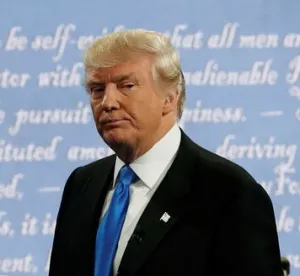On August 8, 2020 President Donald Trump issued four different executive actions in response to the breakdown in negotiations with congressional leaders over the next wave of economic stimulus programs designed to aid workers and the economy in light of the COVID-19 pandemic. One of those actions is designed to provide economic relief to certain workers by instituting a moratorium on the collection of payroll taxes. Since the action was issued there has been much confusion among the employer community as to what they should be doing when processing employees’ paychecks.
To clarify, contrary to widespread reports in the popular media, the President did not issue an Executive Order. What he did do is issue a Memorandum to the Secretary of the Treasury titled “Deferring Payroll Tax Obligations in Light of the Ongoing Covid-19 Disaster” (“The Memo”). Of critical importance to employers is the fact that the steps laid out in the Memo will not require employers to do anything before September 1, 2020. Therefore, until September 1 or unless there is additional guidance or new legislation passed in the interim, employers should continue to withhold and transfer to the government income and employment taxes. It is quite likely that between now and September 1 there will be additional guidance from the Internal Revenue Service or perhaps even new legislation that will provide further guidance on what to do after September 1.
What The Memo does is instruct the Secretary of the Treasury to use his authority pursuant to 26 U.S.C. 7508A to defer the withholding, deposit, and payment of the tax equal to 6.2 percent of wages used to fund social security from the period of September 1, 2020, through December 31, 2020. The deferral would only apply to workers whose wages or compensation payable during any bi-weekly pay period generally is less than $4,000, calculated on a pre-tax basis, or the equivalent amount with respect to other pay periods. Thus, the deferral would not apply to workers making more than $104,000 per year.
What is critical for both employers and employees to note is that the President’s memo does not eliminate the obligation of the employee to pay the tax, it just defers it. Until there is further guidance from the IRS or other governmental entity, it would appear that an employer who stops withholding could be doing a great disservice to its employees by placing them in a position where they have a future debt to the IRS and no funds to pay it. In addition, it’s not clear how the wage cut-off is determined, e.g., if someone who normally makes less than $4,000 but ends up grossing wages above $4,000 for one or more pay periods, is withholding required for the periods they make more than $4,000? It is not clear if the deferral would be mandatory or if employees could elect to continue paying the tax so that they are not stuck with a future tax liability.
Should the IRS or Congress take further action to forgive the deferred taxes (which the President seems to think the IRS has the authority to approve, as reflected in The Memo), then employees and employers would see a real benefit. It is also important to note that the President has no authority to negate state and local income taxes, requiring employers to continue to withhold and pay those taxes.
There remains significant confusion surrounding this issue. Some political pundits claim the President’s Memo is a political strategy designed to force a more comprehensive deal on economic reforms and stimulus with Congress. For this week and next, continue to withhold taxes and keep your eyes peeled on Washington and the IRS website for further guidance.






 />i
/>i
